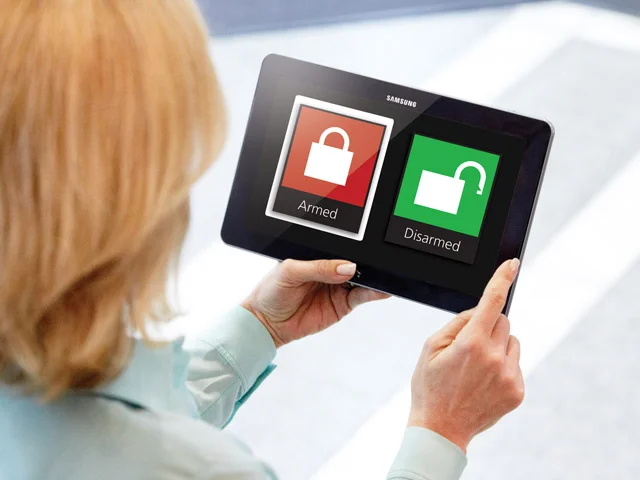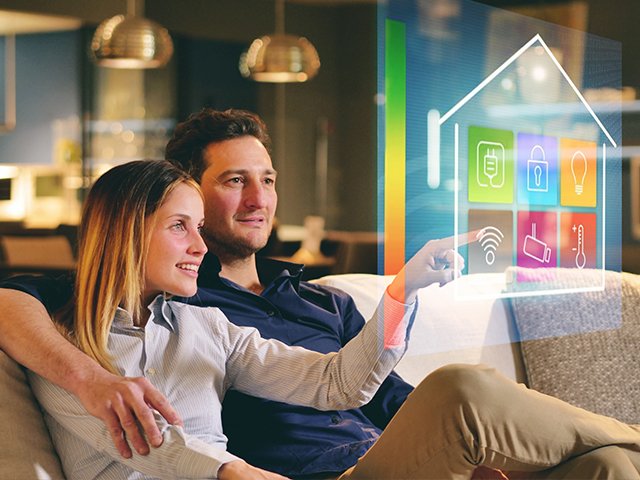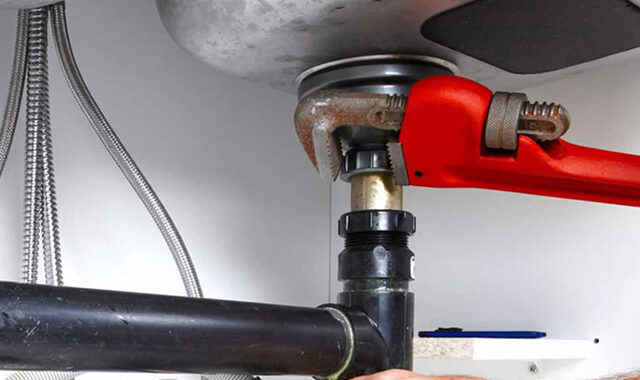Smart Home Automation

In the age of rapid technological advancement, smart home automation stands out as one of the most transformative innovations. This technology has the potential to revolutionize the way we interact with our living spaces, making daily tasks more efficient, convenient, and even enjoyable. From controlling lighting and temperature to enhancing security and entertainment, smart home automation offers a plethora of benefits that simplify everyday life. This article delves into the various aspects of smart home automation, exploring its advantages, applications, and the future it holds.
Understanding Smart Home Automation
Smart home automation refers to the use of internet-connected devices to manage and control various household functions remotely. These devices, often referred to as smart devices or IoT (Internet of Things) devices, can be controlled through a central hub, smartphone, or voice-activated assistant. The primary goal of smart home automation is to create a seamless and integrated living environment that responds to the needs and preferences of its occupants.
Key Components of Smart Home Automation
1. Smart Lighting
One of the most popular applications of smart home technology is smart lighting. Smart bulbs, switches, and plugs allow homeowners to control their lighting remotely. Whether it’s turning off the lights after leaving the house or dimming them to create a cozy ambiance, smart lighting offers unparalleled convenience. Moreover, these systems can be programmed to follow specific schedules, reducing energy consumption and lowering electricity bills.
2. Climate Control
Smart thermostats like the Nest Learning Thermostat and Ecobee have revolutionized climate control. These devices learn the user’s preferences and adjust the temperature accordingly, ensuring optimal comfort while saving energy. They can also be controlled remotely, allowing users to adjust the temperature before arriving home or while away on vacation.
3. Home Security
Security is a top priority for many homeowners, and smart home automation has significantly enhanced this aspect. Smart security systems include cameras, doorbells, locks, and sensors that can be monitored and controlled via a smartphone. Features such as real-time notifications, motion detection, and remote access provide peace of mind, knowing that one’s home is secure at all times.
4. Entertainment Systems
Smart entertainment systems bring a new level of convenience and enjoyment to home entertainment. Devices such as smart TVs, speakers, and streaming services can be controlled through voice commands or a smartphone app. Multi-room audio systems allow users to play different music in each room or synchronize the same track throughout the house, creating an immersive audio experience.
5. Kitchen Appliances
The kitchen is not left out of the smart home revolution. Smart refrigerators, ovens, and coffee makers can be controlled remotely, making meal preparation and kitchen management more efficient. For instance, a smart refrigerator can alert the user when it’s time to buy groceries or suggest recipes based on the ingredients available.
6. Cleaning Devices
Automated cleaning devices like robot vacuums and smart washing machines have made household chores less burdensome. These devices can be programmed to clean at specific times or controlled remotely, ensuring a clean home without manual effort.
Advantages of Smart Home Automation
1. Convenience
The most significant advantage of smart home automation is the convenience it offers. With the ability to control various devices from a single interface, users can manage their homes more efficiently. Voice control further enhances this convenience, allowing for hands-free operation of multiple devices.
2. Energy Efficiency
Smart home automation contributes to energy efficiency by optimizing the use of household appliances. Smart thermostats, lighting, and appliances can be programmed to operate only when needed, reducing energy consumption and lowering utility bills. Additionally, real-time monitoring helps users track their energy usage and make informed decisions.
3. Enhanced Security
Enhanced security is another key benefit of smart home automation. With features like remote monitoring, real-time alerts, and automated responses, homeowners can protect their properties more effectively. Smart locks and cameras provide an additional layer of security, ensuring that unauthorized access is promptly detected and addressed.
4. Improved Comfort
Smart home devices can create a more comfortable living environment by adjusting lighting, temperature, and entertainment options according to the user’s preferences. Personalized settings and automation routines ensure that the home environment is always tailored to individual needs, enhancing overall comfort.
5. Increased Property Value
Homes equipped with smart technology often have a higher market value. Potential buyers are increasingly looking for homes with integrated smart systems, recognizing the benefits they offer in terms of convenience, security, and energy efficiency. Investing in smart home automation can, therefore, be a wise decision for homeowners looking to increase their property’s value.

The Future of Smart Home Automation
The future of smart home automation is promising, with continuous advancements in technology paving the way for more sophisticated and integrated systems. Here are some trends to watch for:
1. Artificial Intelligence and Machine Learning
AI and machine learning are set to play a significant role in the evolution of smart home automation. These technologies will enable devices to learn from user behaviors and preferences, creating more personalized and efficient home environments. For instance, AI-powered systems can predict when to adjust the thermostat or turn off the lights based on historical data.
2. Interoperability
As the number of smart devices in homes increases, the need for interoperability becomes crucial. Future smart home systems will focus on creating seamless integration between different devices and platforms, allowing for more efficient and coordinated operation. This will enable users to control all their smart devices from a single interface, regardless of the manufacturer.
3. Voice and Gesture Control
Voice control has already gained popularity, but the future will see even more advanced voice and gesture control capabilities. Improved natural language processing and gesture recognition technologies will make it easier for users to interact with their smart home systems, providing a more intuitive and user-friendly experience.
4. Enhanced Security Features
Security will continue to be a major focus in the development of smart home technology. Future systems will incorporate more advanced security features, such as biometric authentication and enhanced encryption, to protect against potential threats and vulnerabilities.
5. Sustainable and Eco-Friendly Solutions
With growing awareness of environmental issues, smart home automation will increasingly emphasize sustainability. Future smart home systems will prioritize energy-efficient solutions and integrate renewable energy sources, contributing to a greener and more sustainable future.
Conclusion
Smart home automation is revolutionizing the way we live, offering unparalleled convenience, efficiency, and security. By integrating smart devices into our daily routines, we can simplify tasks, save energy, and create more comfortable living environments. As technology continues to advance, the potential for smart home automation will only expand, bringing even more innovative solutions to our homes.


 SEO for E-Commerce Platforms
SEO for E-Commerce Platforms  Air Conditioning Repairs You Should Know About
Air Conditioning Repairs You Should Know About  Sea Moss into Your Daily Meals
Sea Moss into Your Daily Meals  Data Storage for Personalized Medicine
Data Storage for Personalized Medicine  Tips for Maintaining Your Plumbing System
Tips for Maintaining Your Plumbing System  CBD in Managing Arthritis Symptoms
CBD in Managing Arthritis Symptoms